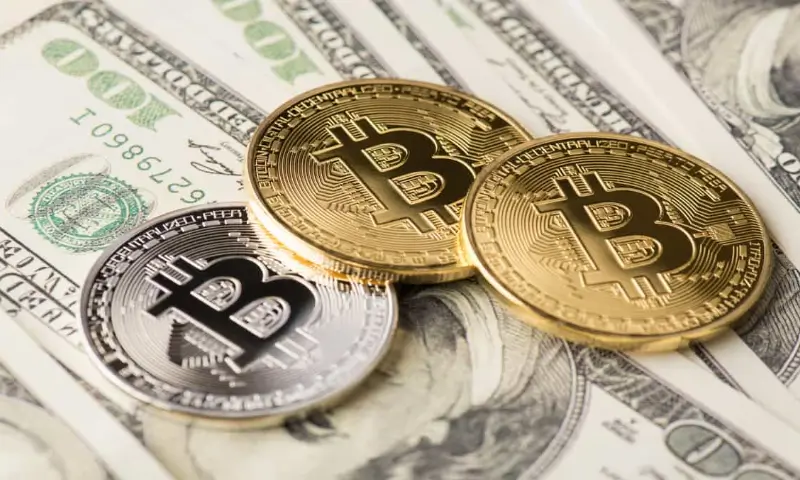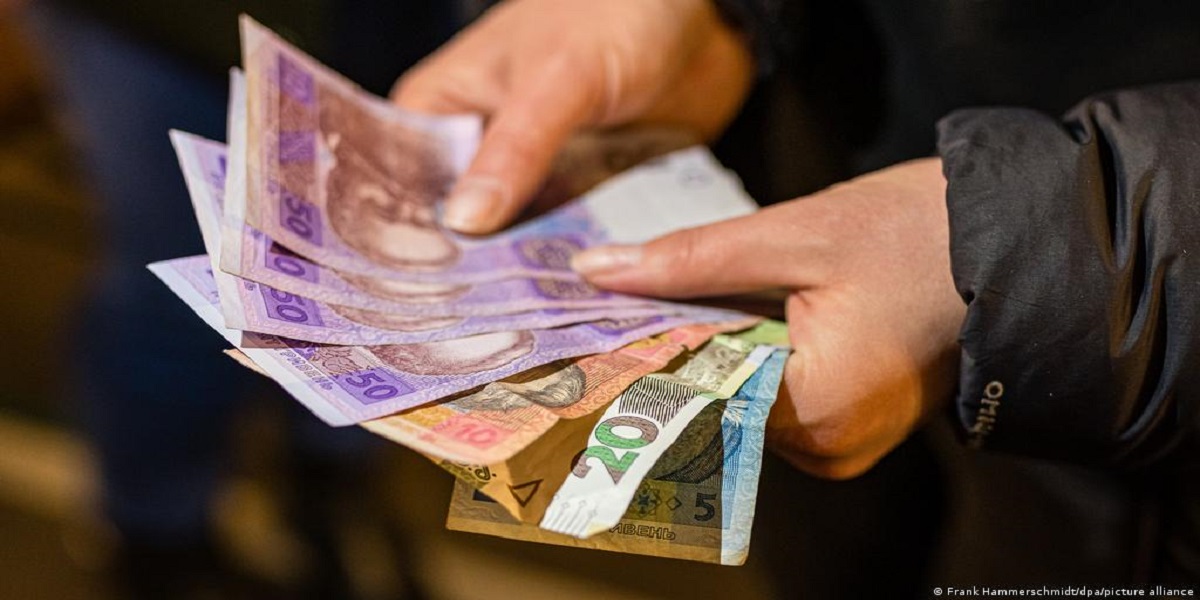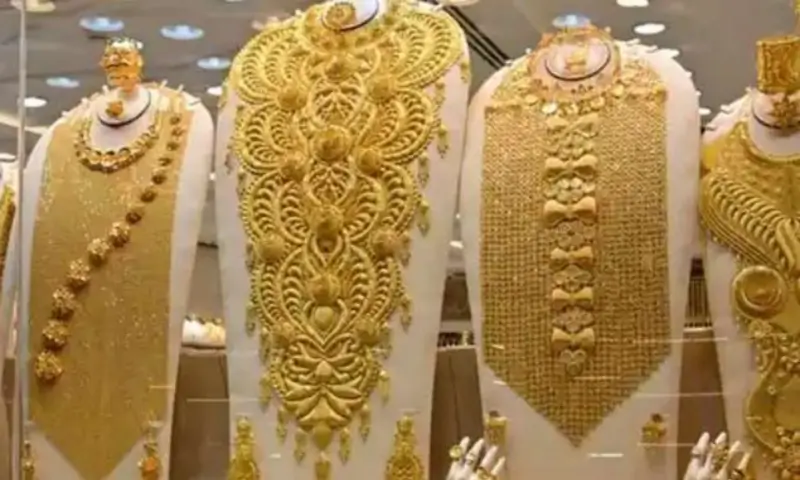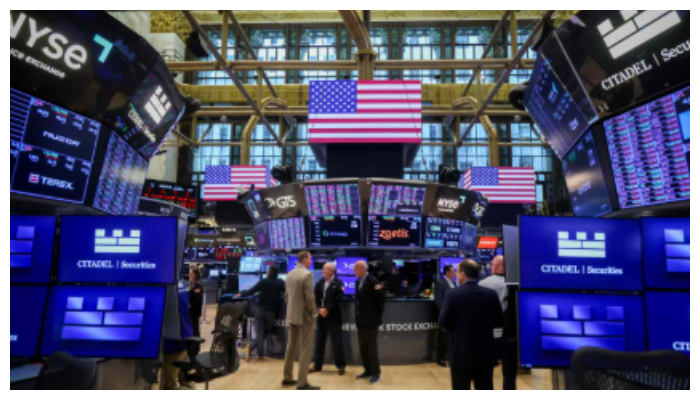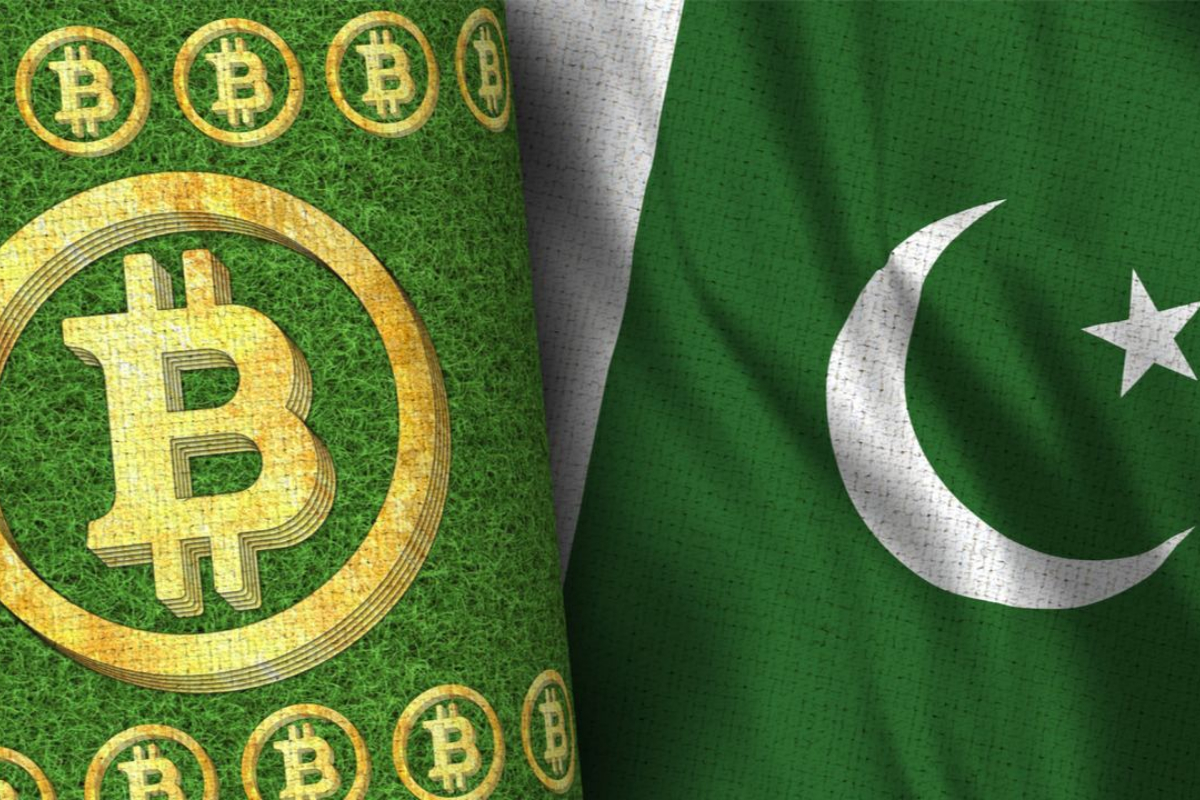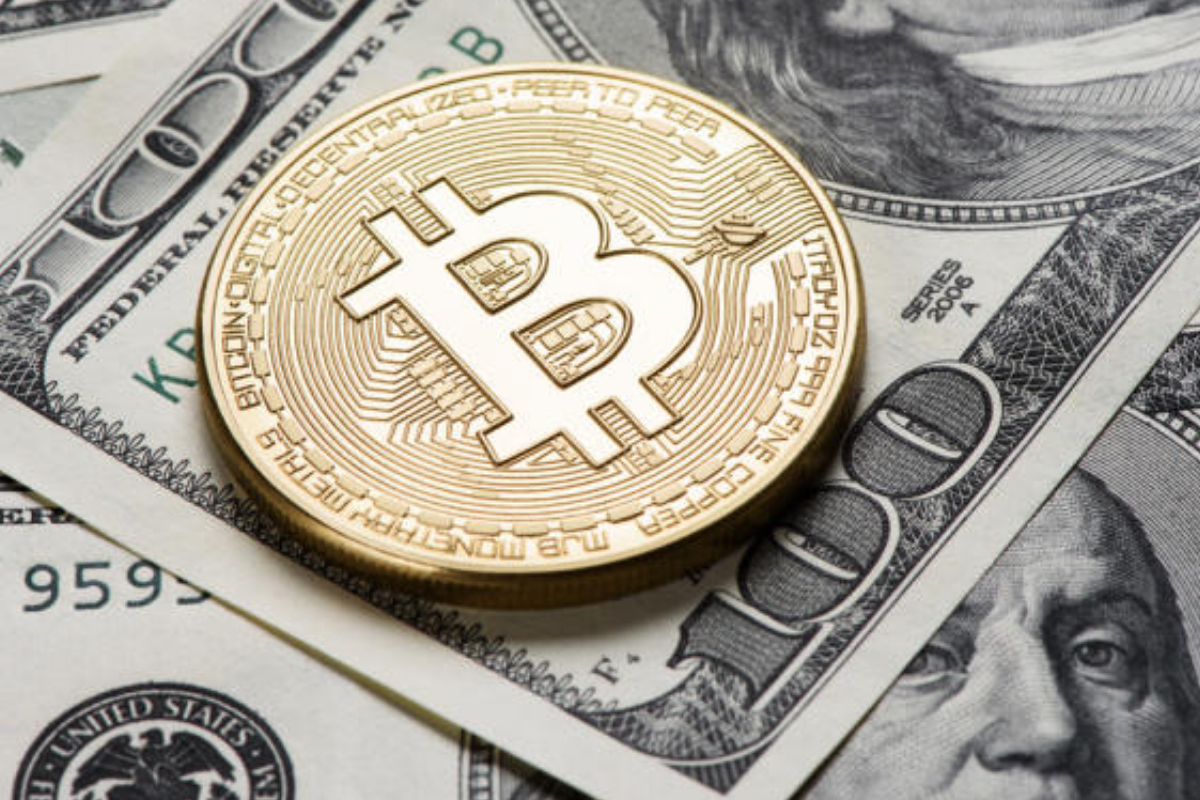Do Kwon, a South Korean business visionary, advertised the Luna and TerraUSD digital currencies.
Their disappointments have crushed a few brokers, however not the venture companies that changed out right on time.
Do Kwon, a junk talking business person from South Korea, called the digital money he made in 2018 “my most noteworthy innovation.”
In endless tweets and meetings, he trumpeted the world-changing capability of the cash, Luna, mobilizing a band of financial backers and allies he gladly alluded to as “Crazy people.”
Mr. Kwon’s organization, Terraform Labs, raised more than $200 million from trading companies, for example, Lightspeed Venture Partners and Galaxy Digital to support crypto projects worked with the money, even as pundits scrutinized its mechanical underpinnings.
Luna’s all out esteem swelled to more than $40 billion, making a free for all of fervor that cleared up informal investors and begin up originators, as well as affluent financial backers.
Mr. Kwon excused worries with an insult: “I don’t discuss poor people.”
However, last week, Luna and another cash that Mr. Kwon created, TerraUSD, experienced a fabulous breakdown.
Their implosions significantly affected the remainder of the cryptographic money market, failing the cost of Bitcoin and speeding up the deficiency of $300 billion in esteem across the crypto economy.
This week, the cost of Luna stayed near nothing, while TerraUSD kept on sliding.
The defeat of Luna and TerraUSD offers a contextual analysis in crypto publicity and who is given the shaft when everything comes crashing down.
Mr. Kwon’s ascent was empowered by regarded agents who were able to back exceptionally speculative monetary items.
A portion of those financial backers sold their Luna and TerraUSD coins early, harvesting significant benefits, while retail brokers currently wrestle with annihilating misfortunes.
Pantera Capital, a mutual funds that put resources into Mr. Kwon’s endeavors, created a gain of multiple times its underlying venture, subsequent to selling approximately 80% of its property of Luna throughout the past year, said Paul Veradittakit, a financial backer at the firm.
Pantera transformed $1.7 million into around $170 million. The new accident was “awful,” Mr. Veradittakit said. “A ton of retail financial backers have lost cash. I’m certain a ton of institutional financial backers have, as well.”
Mr. Kwon didn’t answer messages. The vast majority of his different financial backers declined to remark.
Kathleen Breitman, a pioneer behind the crypto stage Tezos, said the ascent and fall of Luna and TerraUSD were driven by the untrustworthy way of behaving of the organizations backing Mr. Kwon.
“You’ve seen a lot of individuals attempting to exchange their notorieties to make speedy bucks,” she said. Presently, she said, “they’re attempting to comfort individuals who are seeing their life reserve funds take away from them. There’s no guard for that.”
Mr. Kwon, a 30-year-old alumni of Stanford University, established Terraform Labs in 2018 after spells as a programmer at Microsoft and Apple.
(He had an accomplice, Daniel Shin, who later left the organization.) His organization asserted it was making a “advanced monetary framework” in which clients could manage muddled exchanges without depending on banks or different agents.
Mr. Shin and Mr. Kwon started advertising the Luna cash in 2018. In 2020, Terraform began offering TerraUSD, which is known as a stablecoin, a sort of cryptographic money intended to act as a dependable method for trade. Stablecoins are regularly fixed to a steady resource like the U.S. dollar and shouldn’t vacillate in esteem like other cryptographic forms of money.
Brokers frequently use stablecoins to trade other more hazardous resources.
Be that as it may, TerraUSD was unsafe even by the guidelines of exploratory crypto innovation.
Not at all like the famous stablecoin Tether, it was not supported with money, depositories or other conventional resources. All things considered, it got assumed solidness from calculations connected its worth to Luna.
Mr. Kwon involved the two related coins as the reason for more intricate acquiring and loaning projects in the cloudy universe of decentralized finance, or DeFi.
All along, crypto specialists were suspicious that a calculation would keep Mr. Kwon’s twin digital forms of money stable.
In 2018, a white paper illustrating the stablecoin proposition arrived at the work area of Cyrus Younessi, an expert for the crypto trading company Scalar Capital. Mr. Younessi sent a note to his chief, making sense of that the undertaking could enter a “demise twisting” in which an accident in Luna’s cost would carry the stablecoin down with it.
“I was like, ‘This is insane,'” he said in a meeting. “This clearly doesn’t work.”
As Luna got on, the downers became stronger. Charles Cascarilla, a pioneer behind Paxos, a blockchain organization that offers a contending stablecoin, cast uncertainty on Luna’s fundamental innovation in a meeting a year ago.
(Mr. Kwon answered by provoking him on Twitter: “Wtf is Paxos.”) Kevin Zhou, a mutual funds director, over and over anticipated that the two monetary standards would crash.
However, adventure venture came pouring in any case to finance projects based on Luna’s fundamental innovation, similar to administrations for individuals to trade digital forms of money or acquire and loan TerraUSD.
Financial backers including Arrington Capital and Coinbase Ventures scooped in more than $200 million somewhere in the range of 2018 and 2021, as indicated by PitchBook, which tracks subsidizing.
In April, Luna’s value rose to a pinnacle of $116 from under $1 in mid 2021, stamping an age of crypto moguls. A people group of retail brokers conformed to the coin, hailing Mr.
Kwon as a faction legend. Mike Novogratz, CEO of Galaxy Digital, which put resources into Terraform Labs, reported his help by getting a Luna-themed tattoo.
Mr. Kwon, who works out of South Korea and Singapore, bragged via virtual entertainment. In April, he reported that he had named his infant little girl Luna, tweeting, “My dearest creation named after my most prominent innovation.”
“It’s the religion of character — the pompous, haughty, Do Kwon demeanor — that sucks individuals in,” said Brad Nickel, who has the cryptographic money webcast “Mission: DeFi.”
Recently, a not-for-profit that Mr. Kwon additionally runs sold $1 billion of Luna to financial backers, utilizing the returns to purchase a store of Bitcoin — a hold intended to keep the cost of TerraUSD stable assuming the business sectors at any point plunged.
Around similar time, a portion of the funding firms that had supported Mr. Kwon began to have concerns. Hack VC, an endeavor firm centered around crypto, sold its Luna tokens in December, somewhat on the grounds that “we felt the market was expected for a more extensive pullback,” said Ed Roman, an overseeing chief at the firm.
Martin Baumann, a pioneer behind the Hong Kong-based adventure firm CMCC Global, said his organization sold its property in March, at about $100 per coin. “We had gotten expanding concerns,” he said in an email, “both from tech side as well as administrative side.” (CMCC and Hack VC declined to remark on their benefits.)
Indeed, even Mr. Kwon insinuated the chance of a crypto breakdown, freely kidding that some crypto adventures could at last go under. He said he tracked down it “engaging” to watch organizations disintegrate.
Last week, falling crypto costs and testing financial patterns joined to make a frenzy in the business sectors. The cost of Luna tumbled to zero almost. As pundits had anticipated, the cost of TerraUSD crashed couple, dropping from its $1 stake to as low as 11 pennies this week. Very quickly, the crypto biological system Mr. Kwon had fabricated was basically useless.
“I’m shattered about the torment my innovation has welcomed on every one of you,” he tweeted a week ago.
Some of Mr. Kwon’s significant financial backers have lost cash. Changpeng Zhao, CEO of the crypto trade Binance, which put resources into Terraform Labs, said his firm had purchased $3 million of Luna, which developed to a pinnacle worth of $1.6 billion. Be that as it may, Binance never sold its tokens. Its Luna possessions are as of now worth under $3,000.
That misfortune is still just a pittance for an organization as extensive as Binance, whose U.S. arm is esteemed at $4.5 billion.
“A large portion of the V.C.s have the experts they need to evaluate these things,” Mr. Nickel said. “They might have figured they could cash out on the backs of retail.”
A large part of the aggravation of the breakdown has rather been felt by standard dealers. On a Reddit discussion for Luna evangelists, clients shared arrangements of self destruction hotlines, as individuals who had emptied their investment funds into Luna or TerraUSD communicated despair.
The accident has likewise crushed the fans who were building new businesses that utilized the crypto foundation created by Mr. Kwon.
Neel Somani, 24, quit his place of employment as a quantitative specialist at Citadel, a flexible investments, in February to deal with a venture that associated Luna’s basic blockchain to Ethereum, another crypto framework.
In April, Mr. Somani joined Terra Hacker House, a monthlong program in a Chicago office supported by Terraform Labs and its financial backers, intended to brood projects based on Mr. Kwon’s innovation.
Inside half a month, Mr. Somani arranged $10 million in responsibilities for adventure subsidizing that esteemed his venture, Terranova, at $65 million. He was near recruiting three representatives, he said, and had 40 clients amped up for the thought.
After Luna and TerraUSD tumbled, Mr. Somani and his kindred programmers at first thought Mr. Kwon and his accomplices could make something happen.
However, by last Tuesday, Mr. Somani acknowledged it was finished, and felt eased he hadn’t yet acknowledged the financing. He lost around $20,000 of Luna, he said, which didn’t irritate him since he has brought in cash on other unsafe stock and crypto wagers.
Over the course of the past week, the work areas at the programmer house have exhausted. A Telegram bunch called Rebuilding Terra, with almost 200 individuals, has been effectively examining how to rescue ventures and assets.
Mr. Somani is cheery. “For we who are crypto manufacturers, the














